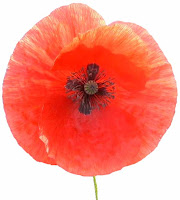~~~
TRAVELLING IN AMERICA.
The above represents an American stage coach, and a view of the Waterloo inn, the first inn from Baltimore to Washington. Of the "comforts" of an American inn, Mr. De Roos gives the following picture in his travels.
We lodged at the City Hotel, which is the principal inn at New York. The house is immense, and was full of company: but what a wretched place! the floors were without carpets—the beds without curtains; there was neither glass, mug, nor cup, and a miserable little rag was dignified with the name of towel. The entrance to the house is constantly obstructed by crowds of people passing to and from the barroom, where a person presides at a buffet, formed upon the plan of a cage. This individual is engaged, " from morn to dewy eve," in preparing and issuing forth punch and spirits to strange-looking men, who come to the house to read the newspapers and talk politics. In this place, may be seen in turn, most of the respectable inhabitants of the town. There is a public breakfast at half past seven o'clock, and a dinner at two o'clock; but to get any thing in one's own room is impossible.
Of the state of society in New York, Mr. De Roos gives a tolerably perfect idea in the following:—
. . . We dined with an English merchant at his country-house, about four miles from the town. The environs are thickly interspersed with villas, the generality of which are constructed upon a very paltry scale. Both houses and gardens are arranged without taste or neatness; indeed, horticulture seems to be a science utterly unknown in America.





















 One of us --
One of us -- 


